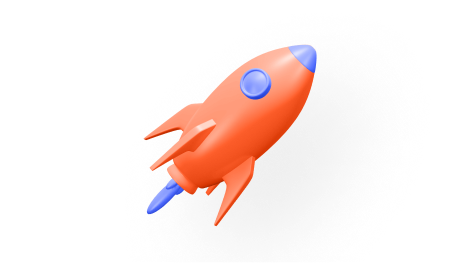
Why are some lifters better bench pressers than others?
Building the Bench Press
Body type plays a big role. A long torso and short arms are optimal - just the opposite for the deadlift. Lamar Gant may argue this, having held the bench press and deadlift world records at the same time, but, Lamar is the exception, not the rule.
It's important to position yourself correctly on the bench. The most common method is to keep your feet flat on the floor, arch the back to elevate your chest, clench your knees to the sides of the bench, pull your shoulder blades together, bring in lots of air, and hold your breath before taking a handout until the press is completed. Don't experiment with different grips or let strangers change your form at a meeting.
Where do you place the bar on the chest?
This must be determined individually. The elbows must be under the bar at all times. As Mike Bridges said, the forearms should remain vertical. For example, someone with long upper arms will place the bar well below the chest. This would be wrong for a lifter with short arms, because the elbows would be closer to the face than the bar, forcing the lifter to use too much delt and hardly any triceps. A high chest position for a long upper arm lifter would result in a modified triceps extension because the fists would be closer to the face than the elbows. Your forearms act like columns to hold up a bar. A vertical column is stronger than one that is tilted.
Join our online gym training course.
Faqs
1. Why do some lifters naturally bench press more than others?
Body type plays a major role. Lifters with a long torso and shorter arms typically have a mechanical advantage for the bench press, while those with different proportions may need adjustments in form and technique.
2. How important is positioning on the bench?
Proper positioning is crucial on the bench. Keeping feet flat, arching the back, pulling shoulder blades together and bracing with air ensures stability and maximises pressing power while reducing injury risk.
3. Where should the bar be placed on the chest?
Bar placement depends on arm length. Lifters with long arms may need to lower the bar to maintain vertical forearms, while short-armed lifters may position it higher to use triceps effectively. The goal is to keep forearms vertical throughout the lift.
4. Can experimenting with grip or form improve performance?
No, especially in competition or serious training, stick to proven form. Changing grip or technique without guidance can reduce efficiency and increase injury risk.
Category
Recent Blog

Why is insulin neede... Read more
July 05,2023
10 Tips for Strength... Read more
August 14,2023
Sample Strength and ... Read more
September 06,2023
Why do Barbells and ... Read more
September 22,2023
Secret Routine to Bu... Read more
September 26,2023
When to use Insulin,... Read more
September 28,2023
Why lifters should u... Read more
September 29,2023
What is power traini... Read more
October 09,2023
The Future of Fitnes... Read more
October 17,2023
Why Pursue a Fitness... Read more
October 21,2023
Career Paths for Cer... Read more
October 31,2023
Elevating Your Perso... Read more
November 21,2023
Gym Safety Correctiv... Read more
December 26,2023
5 Different Types of... Read more
December 27,2023
Elevate Your Fitness... Read more
December 28,2023
Embark on Your Fitne... Read more
January 24,2024
Mastering Nutrition ... Read more
January 24,2024
Building Strength wi... Read more
January 27,2024
Boost Your Career: B... Read more
January 27,2024
7 main reasons why y... Read more
February 15,2024
Unlocking Essential ... Read more
February 19,2024
Unlock Your Fitness ... Read more
February 20,2024
Unveiling the Path t... Read more
February 28,2024
How to choose the ri... Read more
February 29,2024
Strengthening Weak S... Read more
March 20,2024
How a Fat Loss and E... Read more
March 27,2024
Transformative Insig... Read more
March 27,2024
The Importance of a ... Read more
April 10,2024
Mastering the Art of... Read more
April 22,2024
Unlocking Your Caree... Read more
April 23,2024
The Evolution of Per... Read more
May 27,2024
Elevate Your Fitness... Read more
May 28,2024
Choosing the Right P... Read more
June 25,2024
Role of Protein in F... Read more
June 26,2024
Career Opportunities... Read more
June 27,2024
How Fitness Certific... Read more
July 29,2024
Building a Successfu... Read more
July 30,2024
Qualities to Look fo... Read more
August 21,2024
How Gym Trainer Cert... Read more
August 28,2024
How Fitness Trainer ... Read more
September 20,2024
The Role of a Person... Read more
September 23,2024
Immunity Boosting Pl... Read more
October 17,2024
How Fitness Trainers... Read more
October 22,2024
Transform Your Fitne... Read more
October 28,2024
Certified vs. Uncert... Read more
November 22,2024
The Role of Nutritio... Read more
November 25,2024
The Importance of Co... Read more
December 28,2024
5 Powerlifting Train... Read more
December 28,2024
How Personal Trainer... Read more
January 24,2025
Essential Online Nut... Read more
January 25,2025
How Personal Trainer... Read more
January 27,2025
5 Immunity-Boosting ... Read more
March 01,2025
What to Look for in ... Read more
March 01,2025
The Impact of a Pers... Read more
March 27,2025
The Benefits of Beco... Read more
March 28,2025
How to Choose the Ri... Read more
April 24,2025
Turbo Test: Unlockin... Read more
April 25,2025
How to Build a Perfe... Read more
April 29,2025
10 Powerful Yoga Asa... Read more
May 24,2025
How to Track Your Ca... Read more
May 26,2025
Fast-Track Your Fitn... Read more
May 28,2025
Top Career Paths You... Read more
May 29,2025
10 Reasons to Enroll... Read more
June 23,2025
How to Turn Your Pas... Read more
June 28,2025
Trainer vs Coach Wha... Read more
June 30,2025
How IIFEM Plans to C... Read more
July 01,2025
Go Global with IIFEM... Read more
July 11,2025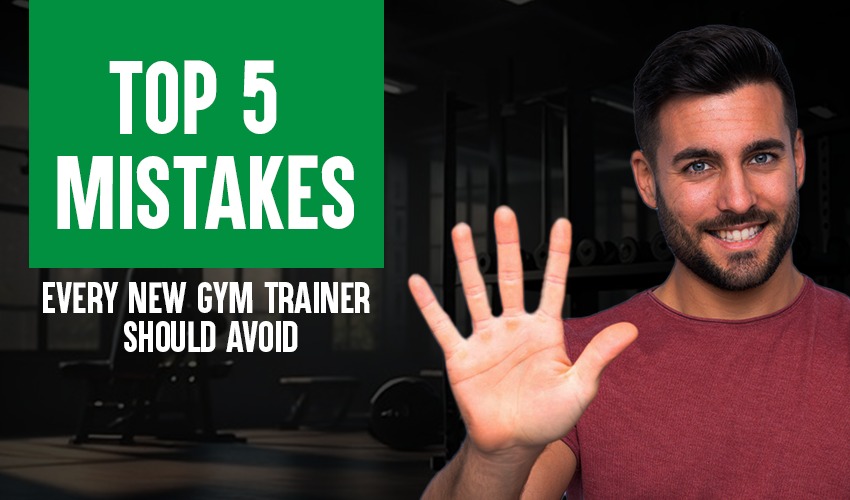
How to Avoid the Top... Read more
July 22,2025
No English No Proble... Read more
July 25,2025
How Education Can El... Read more
August 19,2025
Real Stories from II... Read more
August 20,2025
Why Gym Owners Prefe... Read more
August 26,2025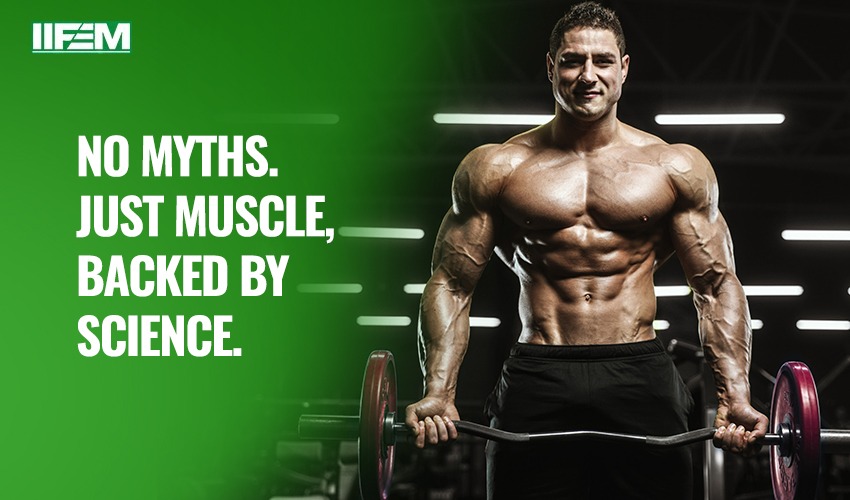
How Science Based Tr... Read more
August 31,2025
Why an International... Read more
September 10,2025
What Makes IIFEM the... Read more
September 15,2025
How to Build a Succe... Read more
September 22,2025
Your Passion and Our... Read more
September 27,2025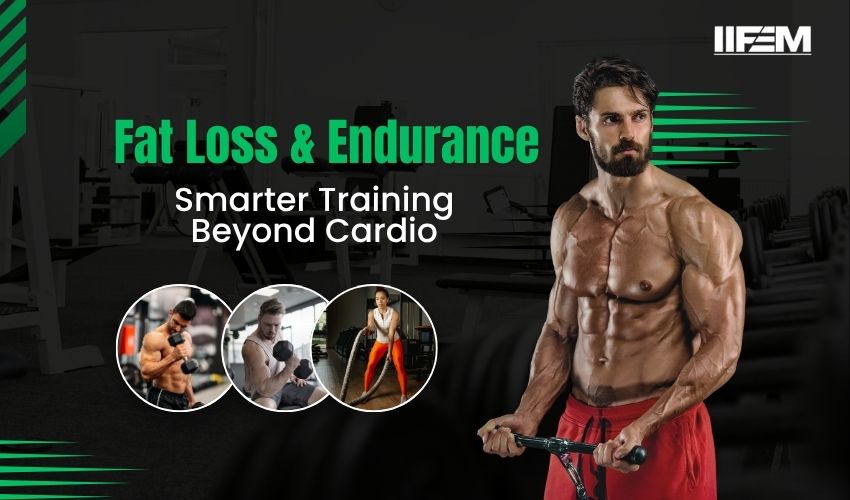
Fat Loss & Endurance... Read more
October 16,2025
Benefits of Whey Pro... Read more
October 21,2025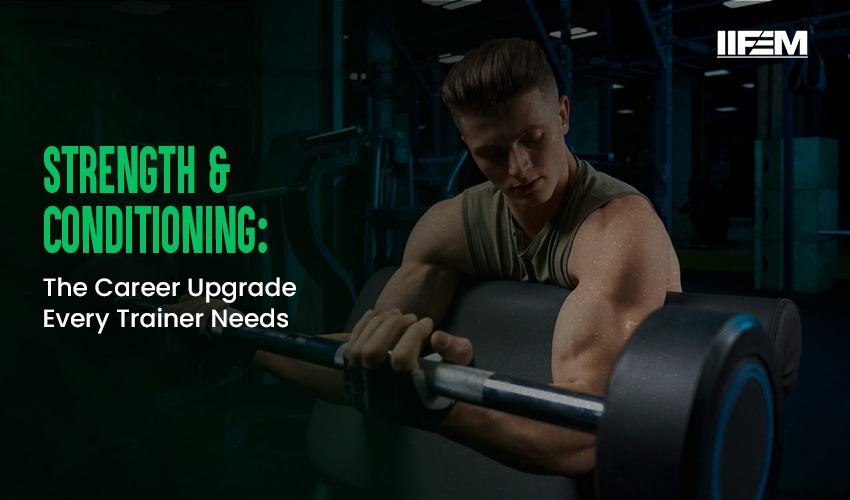
Strength and Conditi... Read more
October 27,2025
From Trainer to Gym ... Read more
October 29,2025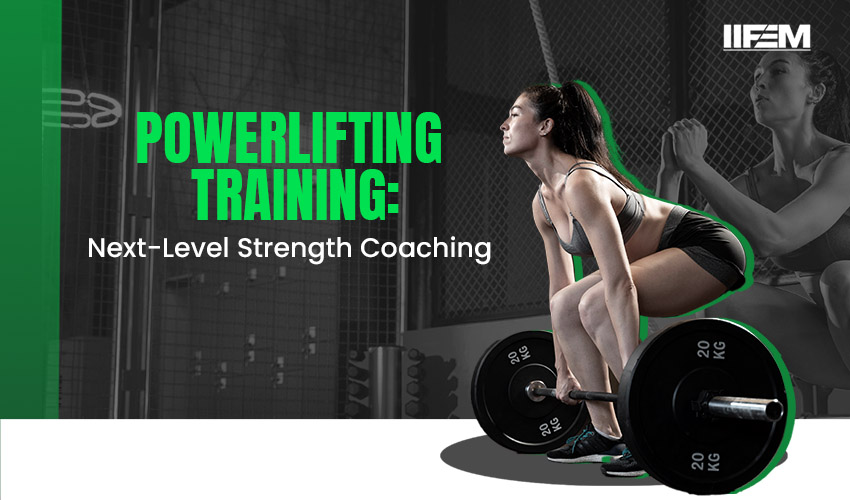
Powerlifting Trainin... Read more
November 12,2025
Pre-Workout vs Post-... Read more
November 17,2025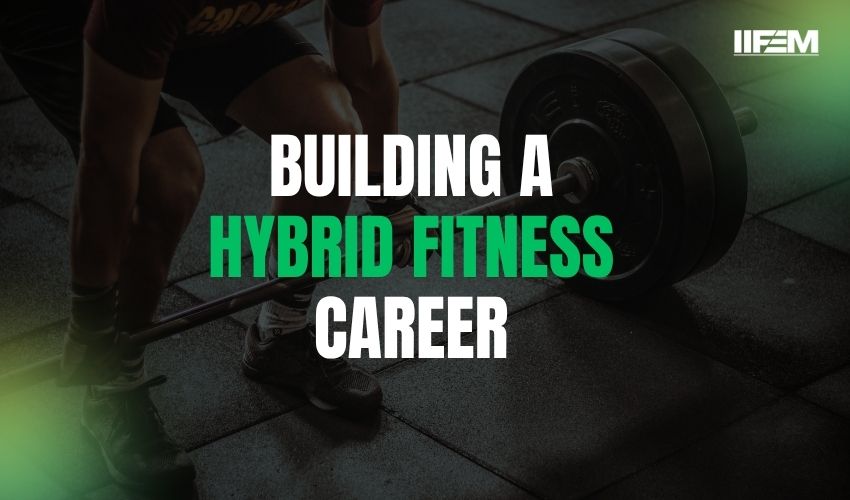
Building a Hybrid Fi... Read more
November 19,2025
Why Most Weight Loss... Read more
November 21,2025



